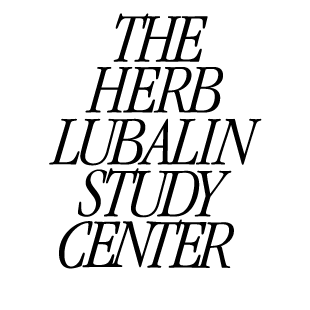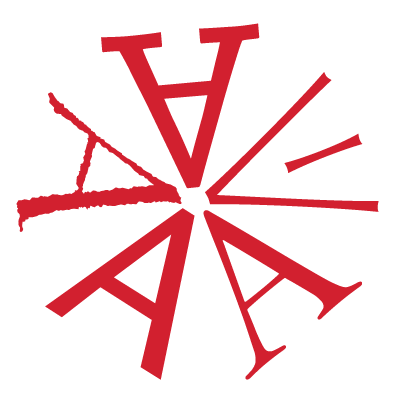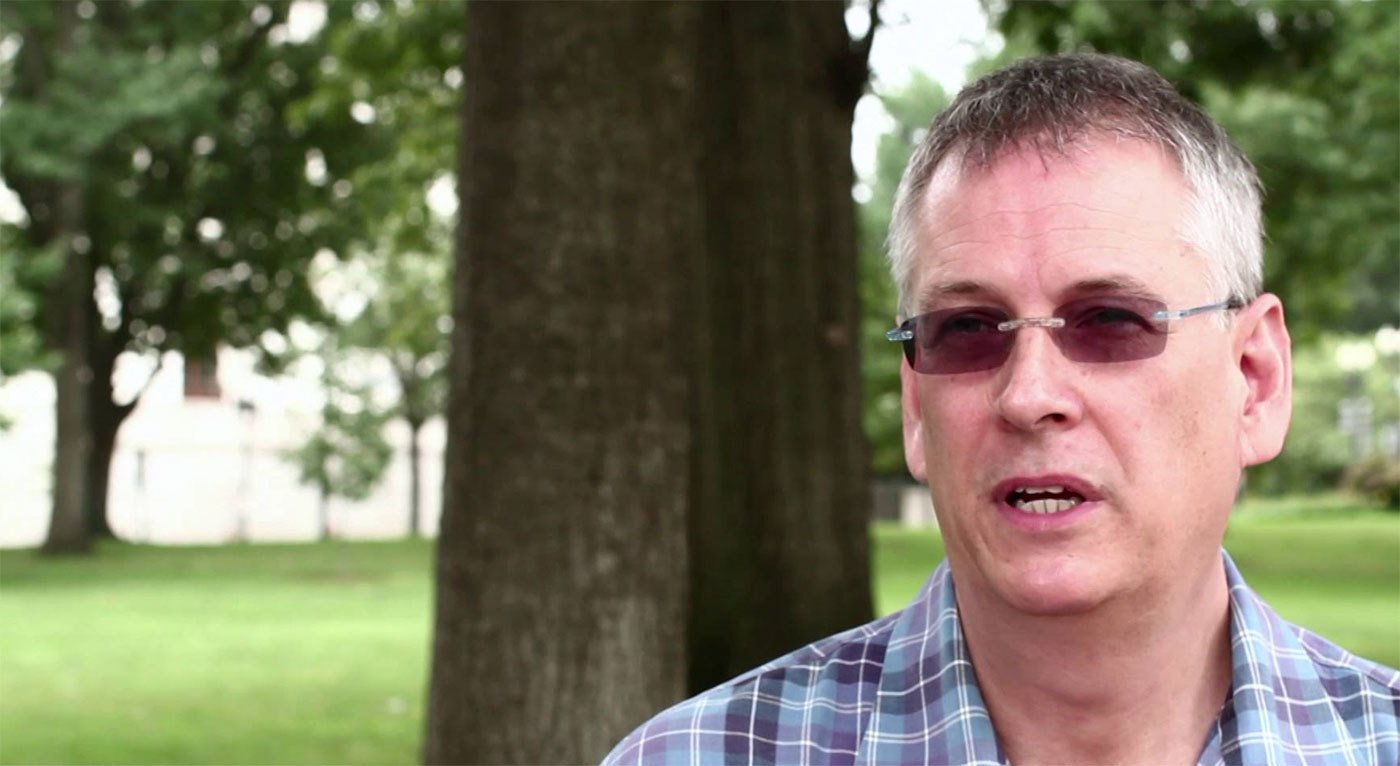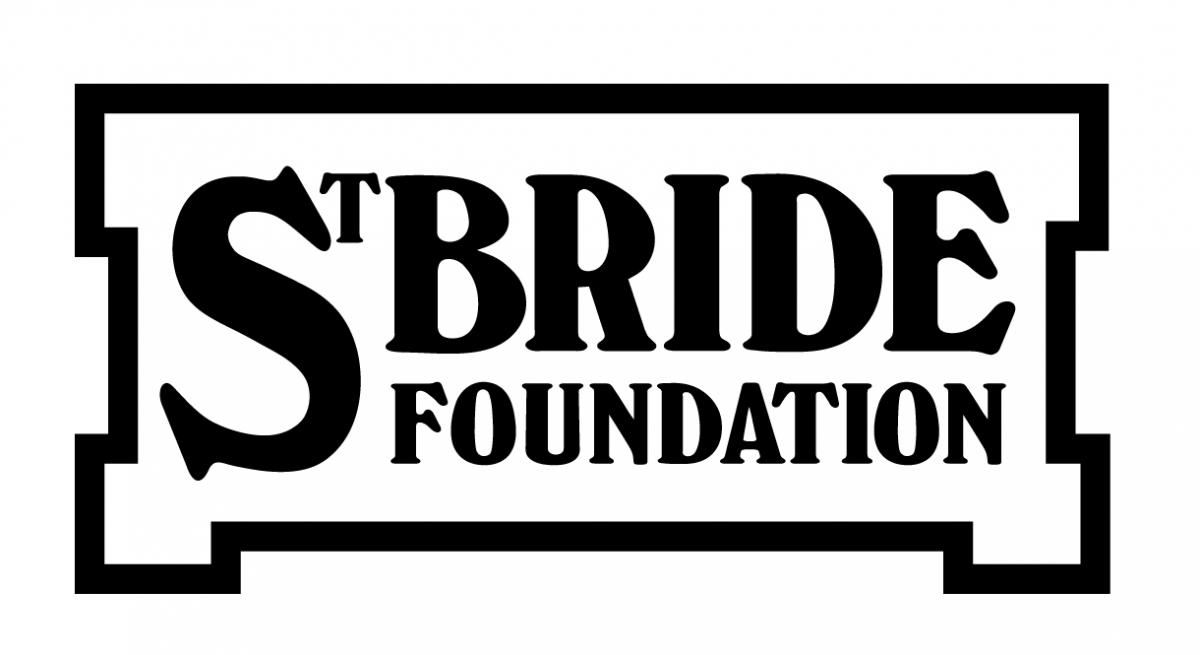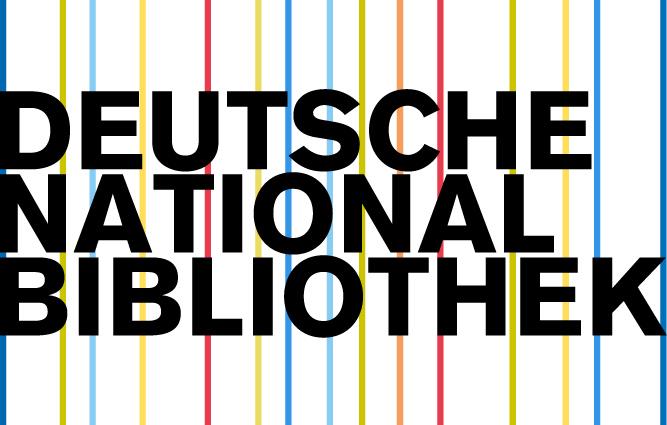Search the Community
Showing results for tags 'library'.
-
Opened in 1985, The Herb Lubalin Study Center of Design and Typography was created in order to preserve an unprecedented resource, Herb Lubalin’s vast collection of work. Its goal was to provide the design community with a means to honor Lubalin, and to study his innovative work. Herb Lubalin (1918–1981) is best known for his wildly illustrative typography and his groundbreaking work for the magazines Avant Garde, Eros, and Fact. The Study Center's core collection includes an extensive archive of his work, including promotional, editorial and advertising design, typeface designs, posters, logos, and other other materials dating from 1950 to 1980. The collection also includes work by other eminent designers including Otl Aicher, Rudi Baur, Anthon Beeke, Lucian Bernhard, Lester Beall, Will Burtin, Lou Dorfsman, Karl Gerstner, Tibor Kalman, Alvin Lustig, The Push Pin Studios, Paul Rand, Bradbury Thompson, Massimo Vignelli, and many more. There is also a library of books and magazines about design and typography, an extensive collection of posters, myriad type specimen books and pamphlets. The Study Center is located at The Cooper Union 41 Cooper Square, Room LL119, New York. The Lubalin Center is free and open to the public by appointment.
-

Amsterdam University Special Collections
Ralf Herrmann posted a directory entry in Museums & Libraries
The Amsterdam University holds several special collections (“bijzondere collecties”) including one for graphic design and typography. This collection domain relates primarily to the industrial era, i.e. the period from circa 1830 onwards. It covers writing (calligraphy and type design) and the production and design of books, posters and other printing. The collection is internationally oriented collection and also includes secondary literature. The basis for this collection domain was laid in 1958 with the acquisition of the Library of the Book Trade (Bibliotheek van het Boekenvak), an extremely broad collection on the history of the book focusing, among other things, on design and production. A major acquisition, in 1971, was the Typografische Bibliotheek (Typographical Library) of Lettergieterij Amsterdam, voorheen N. Tetterode (Type Foundry Amsterdam, formerly N. Tetterode). The core theme of this collection is the design and production of printed material, but it also contains archive material relating to fonts designed by Tetterode, including drawings by S.H. de Roos and Jan Tschichold. Besides specialist literature, the Typografische Bibliotheek also houses numerous unusual specimens: from woodcut to heliogravure and from Bodoni’s Manuale tipografico to illustrated corporate books. Since the 1950s, the library has actively sought to acquire the archives of various designers and organisations. The acquisition of the archive of Jan van Krimpen was followed by those of Charles Jongejans, Atie Siegenbeek van Heukelom, Harry N. Sierman, Jan van Toorn and Irma Boom. This material covers a period of over a century. Important collections: Collection Tetterode Collection Stichting De Best Verzorgde Boeken Collection calligraphy Collection Dutch industrial bindings of A.S.A. Struik Collection English book art 1750–1850 of Fons van der Linden Archive Irma Boom Archive Jan van Krimpen Archive Otto Treumann Archive Jurriaan Schrofer Collection Gerrit Noordzij Collection Bram de Does Collection Rijksoverheidletter (Peter Verheul) NAGO archives-
- netherlands
- library
-
(and 3 more)
Tagged with:
-
Letterform Archive in San Francisco is a nonprofit center for inspiration, education, and collaboration in the letter arts. It serves existing & potential practitioners, students, and admirers of typography, calligraphy, graphic design, the history of written communication, and adjacent fields. It is open to all, free of charge. Letterform Archive shares its world-class collection with a global audience through visits; public events; courses, workshops, and lectures by visiting artists and designers; publications; exhibitions; and state-of-the-art photography.
-
- san francisco
- archive
-
(and 3 more)
Tagged with:
-
Since its inception in 1891 the Foundation has opened its doors to the people of Fleet Street, Farringdon and the surrounding areas and welcomed them into what was, and is, one of the most fascinating community focused organisations in the City of London. The Foundation was originally designed to provide a social, cultural and recreational centre for local people with particular emphasis for those in the printing and associated trades. Apart from the Printing School and outstanding technical library, the Foundation also housed a swimming pool, which we believe to be the first public swimming pool in the City of London as well as a gymnasium. The Printing School moved to the south of the River Thames many years ago, but much equipment remains on site and is now being used, bringing the teaching of printing back to Fleet Street. The St Bride Library is now generally acknowledged to be a world class resource with extensive collections relating to printing, typography and graphic design. Readers come from across the globe to delve into the archives. The Foundation has always prided itself on being there for local people and local charities. Many of its beautiful rooms have always been available to the public for a variety of uses. The impressive Bridewell Hall has been used for a huge variety of events on a regular basis. Rooms for hire range from the small and intimate suitable for board meetings, to the grand and stately Salisbury Room which is not only in demand as a board room, but also for fine dining, tailor-made receptions, wedding and civil partnership ceremonies. From classics to contemporary, the Bridewell Theatre offers evening programmes with something for everyone. We play host to a variety of companies from the “Musical Theatre Academy and London School of Musical Theatre” to “London Ballet Company”, offering you, our audience, the opportunity to see the up and coming, the experienced, the amateur and the professionals tread our boards. Finally, we have the Bridewell Bar, not just for drinks in the wee small hours, but other special events, including a gallery featuring artists and photographers. In recent years the Foundation has experienced a total renaissance and is now a living and breathing community once again, in the heart of the City of London. The doors are open to all and you will always be assured of a warm welcome.
-
- united kingdom
- london
-
(and 1 more)
Tagged with:
-

German Museum of Books and Writing (Leipzig)
Ralf Herrmann posted a directory entry in Museums & Libraries
The book has shaped our culture and civilisation like no other medium. For centuries our knowledge about the world and its peoples has been stored, handed down and updated in books. The task of the German Museum of Books and Writing (Deutsches Buch- und Schriftmuseum) is to collect, exhibit and process evidence of book and media history. Founded in 1884 as the Deutsches Buchgewerbemuseum (German Book Trade Museum), it was integrated in the Deutsche Bücherei in 1950 following the loss of its building and some of its stock in World War 2. It is the oldest book culture museum in the world, and also one of the most important with regard to the scope and quality of its collection. The main focus of the museum’s work today is on the book and its myriad aspects: as an ingenious invention and as the product of economic and technical processes, as a social icon and the most important vehicle of culture, as a work of art and as a censored and burned repository of ideas. Even after the transition to the era of digital networks, the museum has two main functions. It is a museum which acts as an academic documentation centre for book and media history. But it is also an inviting and vibrant place of cultural education, aimed at bringing culture to a wider audience and attracting visitors with its exhibitions and educational programmes. The opening of the 4th annex building of the German National Library in Leipzig sees the German Museum of Books and Writing enter a new era. Air-conditioned store rooms, expanded work areas and generously proportioned public areas provide optimum conditions for the long-term storage and use of the collection. A modern reading room houses the specialist library and more than one million museum objects for research, study and practical use. The new display vault features a small selection of special collection items, ranging from medieval manuscripts and early Bible prints through to unique artists' books. The museum gallery is aimed at younger users aged between 6 and 16 in particular, and provides them with an opportunity to learn all about writing, books and paper in a more informal environment. Serving as a showcase for the German National Library, the museum’s new permanent exhibition provides an insight into 5000 years of media history. Entitled “Characters—Books—Networks: From Cuneiform to Binary Code”, it spans everything from the rise of early writing systems via bookprinting with movable type through to the digital online world, and also offers a light-hearted overview of the future of the information society. As a supplement to the permanent exhibition, the virtual exhibition features trenchant histories, pictures, films and sound recordings related to 5000 years of human and media history. Holdings A network of collections which have developed gradually over a long period of time forms the basis of the museum’s function as a scientific archive and centre for research into the history of writing, books and paper and as a vibrant location for exhibitions and information on book and media culture. The State of Saxony laid the foundations for the collection of prints in 1886 when it purchased the 3,000 historical copies of the Dresden tailor, publisher and book collector Heinrich Klemm's extensive collection. Numerous, and in some cases substantial, donations of major collections played an important role in the systematic expansion of the holdings (see Chronicle). The museum suffered heavy losses in the Second World War. The most valuable items of the Klemm collection were in storage elsewhere at the time (manuscripts, incunabula including a 42-line Gutenberg Bible and a valuable collection of book cover and cloth prints) and were confiscated by the Soviet occupying force in September 1945. These holdings have been held ever since by the Russian State Library in Moscow. Today the museum's stocks encompass over a million exhibits, safeguarded in the ideal environment of the modern stores in the annex building of the German National Library. Historical prints and modern book art, individual graphic sheets and series, watermarks, decorated paper, paper samples and sample books, records and documents on the history of books and paper, early writing surfaces and book forms, writing instruments, small graphic utensils and machines for the manufacture of fonts, books and paper are at the heart of the highly informative collection of samples. In their specifics and interconnected content, the collections and the reference library provide an extraordinarily complex and interdisciplinary insight into book, writing and paper-related issues which also takes into account the historical contexts in terms of culture, media and communication. -
The Klingspor-Museum Offenbach is a museum for Modern International Book Art, Typography and Calligraphy. On 7. November 1953 the Klingspor-Museum opened its doors to visitors the first time. During the post-war years the City of Offenbach am Main founded a small museum for the art of modern book production and typography. The basis of the museum was the valuable collection of books of Dr. h.c. Karl Klingspor (1868–1950), who together with his brother Wilhelm operated a typefoundry in the first half of the 20th century in Offenbach am Main. Notable artists like Otto Eckmann, Peter Behrens, Rudolf Koch, Walter Tiemann, Rudo Spemann, Imre Reiner, Hans Bohn and Karlgeorg Hoefer designed typefaces for the company. The firm’s high artistic typesettings were exported to printers around the globe from its location in the Offenbacher Ludwigstrasse; the Gebrüder Klingspor type foundry was world reknowned. In 1927 at the International Book Art Fair in Leipzig, the private book collection of Dr. Karl Klingspor was exhibited as the “Room of a bibliophile” and much admired. To this day his collection of 100 books bound in leather by the bookbinder Ignatz Wiemeler is an invaluable gem of the Klingspor-Museum. Shortly after establishment of the museum, the first important donations arrived. The families of Rudolf Koch (1876–1934) and Rudo Spemann (1905–1947) gave entire collections inherited from their estates, and the young museum soon became the central collecting point for modern typographic art. The expressive calligraphy, tapestries with types and book production of Rudolf Koch and his former students are evidence of a lively Offenbach School of Calligraphy of the 20th century. The Klingspor-Museum owns a large part of the work of Ernst Schneidler (1882–1956), who founded the Stuttgart School. His students are also present, with works of Rudo Spemann, Werner Bunz, Georg Trump and Eva Aschoff. Vienna is represented by the unique collection of Rudolf von Larisch. The Klingspor Museum in Offenbach holds the largest collection outside of the Netherlands of work of the greatest Dutch printer and typographer Hendrik Nikolaas Werkman (1882–1945); with his experimental periodical “The Next Call” from 1923 to 1926 he was one of the most influential avant-garde typographer of the century. Permanent and changing exhibitions with valuable items from the museum's own collections, as well as loans from artists and collectors, show the variety of the 20th century book and printing art on an international level Visitors from all over the world come to Offenbach to see the exhibitions and the extensive collections of the modern book and typographical art. The library of the museum also boasts a number of tables where the collections can be worked with.


